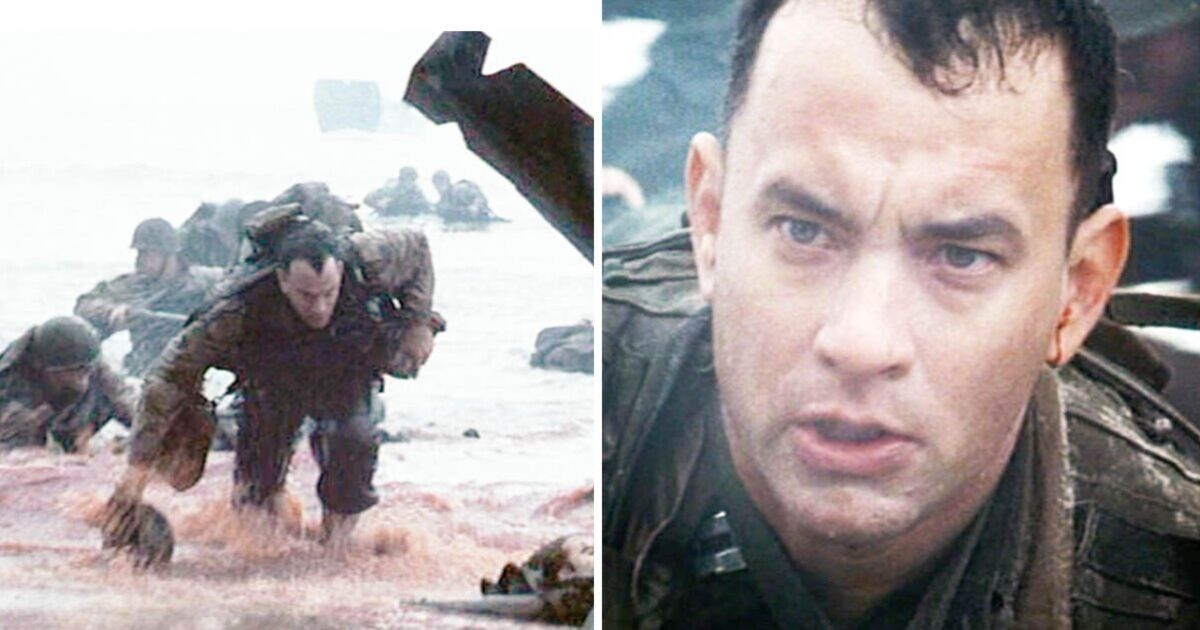While widely lauded for its historical accuracy, the iconic opening sequence of Steven Spielberg's Saving Private Ryan, depicting the American landing on Omaha Beach during D-Day, contains a couple of notable inaccuracies, according to World War II historian John McManus.
In a recent interview with Insider, McManus praised the sequence's overall realism but highlighted two key discrepancies. Firstly, he challenged the film's assertion that no armour reached the beach, pointing out that a significant number of tanks did, though some, particularly the amphibious DD tanks, were indeed lost further down the beach. He explained: "The reason I think that this line is in there is because you hear him refer to DD tanks. Those are duplex drive, like amphibious tanks that swam their way in. Yes, it's true that 27 out of 32 of those sank, but at the opposite end of Omaha Beach from where they are."
McManus further noted the film's omission of Bangalore torpedoes, a crucial tool used by American forces to clear obstacles like barbed wire and minefields. "Those were a major way that the Americans got off the beach," he stated, explaining their significance: "You might need a very long tube of explosives to get over that kind of barbed wire or through a minefield to create a path somehow."
The film's depiction of a machine gun nest was also deemed inaccurate. McManus argued that the exposed position of the nest, seemingly lacking sufficient sandbag protection, wouldn't have been strategically feasible.
Despite these discrepancies, McManus maintained his overall admiration for the sequence, giving it an "eight out of 10" for historical accuracy. He attributed the slight reduction in score primarily to the inaccurate portrayal of armour deployment on the beach.
Ultimately, McManus's analysis highlights the crucial role of historical accuracy in portraying historical events, even in fictionalized narratives. While Saving Private Ryan remains a powerful and evocative depiction of D-Day, acknowledging its minor deviations from the historical record allows for a more nuanced understanding of the event and the complexities of wartime realities.
Article
Entertainment

Saving Private Ryan's D-Day: A Historian's Critique

